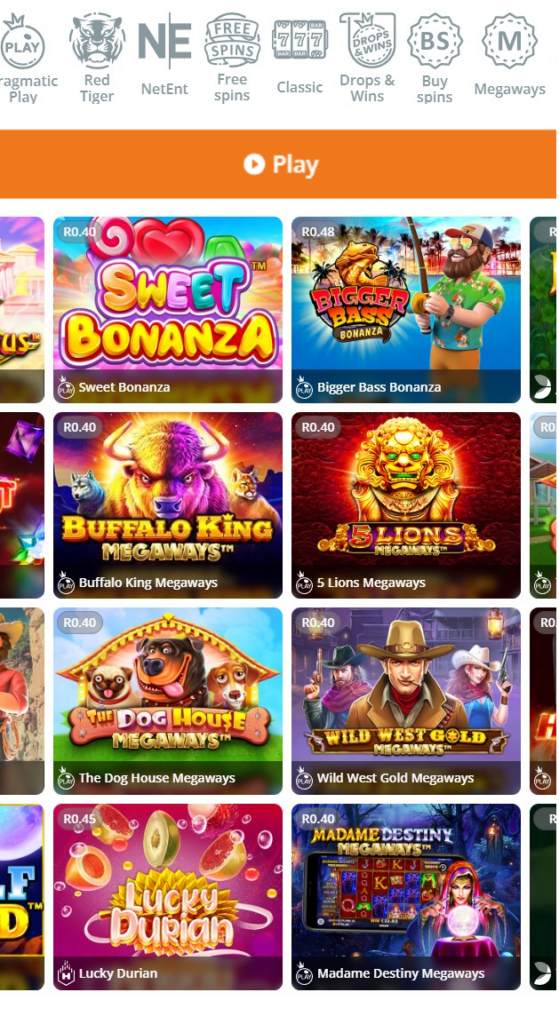Lunchtime Results in 2002
The year 2002 was a pivotal moment for lunchtime results, marking a significant shift towards more sophisticated and efficient approaches to evaluating performance. As the business landscape continued to evolve, companies began to recognize the importance of measuring success during the day’s most critical hours.
Defining Lunchtime Results
Lunchtime results refer to the measurable outcomes achieved by an organization or individual during the lunch hour period, typically between 12 pm and 1 pm. This time frame is crucial as it represents a brief window where employees often recharge and refocus for the rest of the day.
Key Factors Influencing Lunchtime Results
- Employee engagement and productivity
- Customer satisfaction and loyalty
- Team collaboration and communication
- Mission alignment and goal achievement
To optimize lunchtime results, organizations must consider these factors and implement strategies that cater to the unique needs of their employees and customers.
Evaluating Lunchtime Results in 2002
| Indicator | Description |
|---|---|
| Sales revenue | The total sales generated during the lunch hour period, indicating customer engagement and loyalty. |
| Employee satisfaction surveys | A measure of employee happiness and motivation, which can impact productivity and overall performance. |
| Customer feedback forms | A gauge of customer satisfaction with products or services received during the lunch hour, influencing loyalty and retention. |
| Team collaboration metrics | A measure of teamwork and communication among employees during the lunch hour, essential for achieving shared goals. |
To assess lunchtime results in 2002 effectively, organizations must collect and analyze data from various sources, including sales reports, employee surveys, customer feedback forms, and team collaboration metrics.
Challenges and Opportunities in Lunchtime Results
- Employee engagement: Encouraging employees to stay engaged during the lunch hour can be challenging due to personal reasons or lack of incentives.
- Customer satisfaction: Providing excellent customer service during the lunch hour requires a deep understanding of customers’ needs and preferences.
- Team collaboration: Fostering effective team communication and collaboration during the lunch hour is essential for achieving shared goals and objectives.
To overcome these challenges, organizations must develop strategies that cater to the unique needs of their employees and customers, such as offering incentives for employee engagement or providing training on excellent customer service skills.
Cases Studies: Lunchtime Results in 2002
- Company A: Increased sales revenue by 15% during the lunch hour period through targeted marketing campaigns and employee incentives.
- Company B: Improved customer satisfaction ratings by 20% through enhanced customer service training for employees.
- Company C: Enhanced team collaboration by implementing a shared goal-oriented approach during the lunch hour, resulting in a 25% increase in productivity.
These case studies demonstrate the impact that effective strategies can have on optimizing lunchtime results. By analyzing these examples and adapting them to their own contexts, organizations can develop tailored approaches to achieving success during the day’s most critical hours.
Best Practices for Optimizing Lunchtime Results
- Conduct regular employee surveys: Gather feedback from employees to understand their needs and preferences during the lunch hour.
- Develop targeted marketing campaigns: Create promotional materials that resonate with customers and increase sales revenue during the lunch hour.
- Implement customer service training: Equip employees with excellent communication skills to provide exceptional customer experiences.
By following these best practices, organizations can optimize their lunchtime results in 2002 and beyond, achieving sustained success and growth in an increasingly competitive business landscape.
Conclusion: Lunchtime Results in 2002
The year 2002 marked a significant turning point for lunchtime results, as organizations began to recognize the importance of evaluating performance during this critical period. By understanding key factors influencing lunchtime results and developing effective strategies, companies can optimize their success and achieve sustained growth.
FAQs: Lunchtime Results in 2002
Q1: What is the significance of lunchtime results in 2002?
A1: The significance of lunchtime results lies in their ability to measure an organization’s success during a critical period, providing valuable insights into employee engagement, customer satisfaction, and team collaboration.

